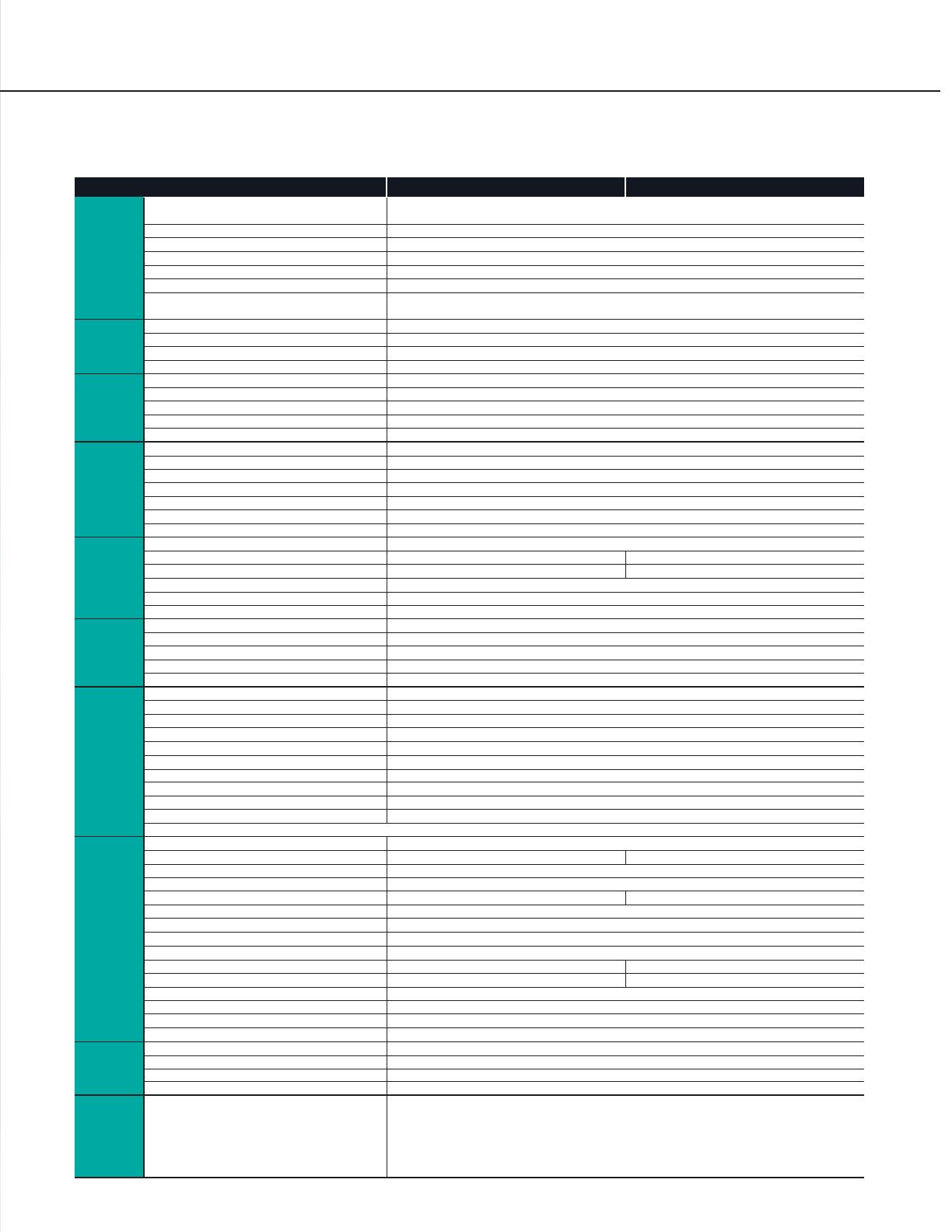
Ever since the launch of the Betacam® system concept 20 years ago, Sony half-inch camcorders have
set distinctive milestones in the evolution of news reporting and program production operations.
The analog Betacam and Betacam SP™ formats introduced a new freedom for mobile acquisition in
ENG (Electronic News Gathering) and EFP (Electronic Field Production), and the Digital Betacam
format was the subsequent innovation that brought true 4:2:2 digital recording into the field. Today,
both analog and digital formats remain in service in virtually every type of program origination,
offering a level of reliability and performance that only Sony Betacam technology provides.
The wide acceptance of the Digital Betacam format paved the way to the subsequent development
of a digital replacement for the analog Betacam format in the broadcast newsgathering world, with
the unique advantage of using MPEG technology for data rate efficiency and high quality video
capture. This was the Betacam SX® format series equipment, which is now known as the ‘digital
workhorse’ for use in the arduous environment of ENG operations.
The rapid success of Betacam SX gear used in ENG applications, together with the advent of DTV
distribution and transmission, was the motivation behind the development of a higher bit-rate MPEG
4:2:2P@ML format for use in broadcast studio operations. Through close collaboration between key
manufacturers and research centers, the prime goal of achieving seamless interoperability between
equipment to provide an open, end-to-end, MPEG-based solution was achieved. The conclusion was
to utilize an I-frame only, MPEG 4:2:2P@ML infrastructure to provide the highest level of efficiency
throughout the entire programming chain. Sony indicated its commitment to the MPEG-based
infrastructure with the introduction of a range of I-frame only, MPEG 4:2:2P@ML equipment,
represented by the MPEG IMX™ studio VTRs, Video Servers, XPRI™ NLE, and MPEG transcoders.
To complete this picture, Sony has now introduced the MSW-900 MPEG IMX camcorder. The
MSW-900 originates 50 Mb/s 4:2:2 digital video with four channels of digital audio by combining all
the benefits of I-frame only, MPEG 4:2:2P@ML recording with the two decades of Sony experience
with
1
/
2-inch broadcast camcorders. It inherits the proven advantages of the Betacam format series,
providing the same level of reliability, mobility and operability for which they are famous. In addition,
new and unique camera and recording features are also part of the MSW-900 design.
The MSW-900 is poised to play a vital role as the primary acquisition tool for a complete 50 Mb/s
MPEG-based system solution.
*Two models of the MSW-900 are available: the MSW-900 for NTSC and the MSW-900P for PAL.
The entrance to the open
MPEG world
2
Weight
Power requirements
Power consumption
Operating temperature
Storage temperature
Humidity
Continuous operating time
Genlock video
Time code input
Audio (CH-1/2)
Mic input
Video output
Video test output
Time code output
Earphone
Audio output (CH-1/CH-2)
Lens
Remote
Light
DC input
DC output
Camcorder adapter
Wireless receiver input
Recording format
Tape speed
Playback/Recording time
Fast forward time
Rewind time
Recommended tape
Sampling frequency
Quantization
Error correction
K-factor (2T pulse)
Y/R-Y/B-Y delay
Sampling frequency
Quantization
A/D and D/A quantization
Frequency response
Dynamic range
Distortion (at 1 kHz, emphasis ON, reference level)
Cross talk (at 1 kHz, reference level)
Wow & flutter
Head room
Emphasis (ON/OFF selectable)
Pickup device
Total picture elements
Optical system
Built-in optical filters
Shutter speed
Lens mount
Sensitivity (2000 lx, 89.9% reflectance)
Minimum illumination
Smear level
S/N ratio
Vertical resolution
Registration
Geometric distortion
Warm-up time
Modulation depth at 5MHz
CRT
Controls
Horizontal resolution
Microphone
General
7 lb 11 oz (Approx. 3.5 kg)
11 lb 10 oz (with VF, Mic, BCT-60MX, BP-L60A) (5.3 kg)
DC 12 V +5.0 V/-1.0 V
Approx. 27 W
+32
°
F to +104
°
F (0 to 40
°
C)
-4
°
F to+140
°
F (-20 to +60
°
C)
25 to 85% (relative humidity)
Approx. 135 min w/BP-L60A
Approx. 200 min w/BP-L90A
BNC type x1, 1.0 Vp-p, 75 Ω
BNC type x1, 0.5 to 18 Vp-p, 10 kΩ
XLR-3-31 type x2, -60 dBm/+4 dBm selectable, high impedance, balanced
XLR-3-31 type x2, -60 dBm/+4 dBm selectable, high impedance, balanced
BNC type x1, 1.0 Vp-p, 75 Ω
BNC type x1, 1.0 Vp-p, 75 Ω
BNC type x1, 1.0 Vp-p, 75 Ω
Minijack x2
XLR-5-pin male (stereo)
12-pin
8-pin
2-pin, DC 12 V, max. 50 W
XLR-4-pin (for the optional AC-550/550CE)
4-pin (for wireless microphone receiver), DC 12 V
40-pin
D-Sub 15-pin
MPEG IMX
64.467 mm/s 53.776 mm/s
Max. 60 min w/BCT-60MX cassette Max. 71 min w/BCT-60MX cassette
Approx. 5 min. w/BCT-60MX
Approx. 5 min. w/BCT-60MX
Sony MPEG IMX S cassette (BCT-6MX/12MX/22MX/32MX/60MX)
Y: 13.5 MHz, R-Y/B-Y: 6.75 MHz
8 bits/sample
Reed-Solomon code
Less than 1%
Less than 15 ns
48 kHz (synchronised with video)
20/16bits/ sample (selectable)
A/D:20 bits/sample, D/A:16 bits/sample
20 Hz to 20 kHz, +0.5 dB/-1.0 dB
More than 85 dB (emphasis ON)
Less than 0.08%
Less than -70 dB
Below measurable limit
20 dB (ex-factory setting)
T1=50 µs, T2=15 µs
3-chip 2/3-inch type 16:9 widescreen Power HAD EX CCD
1038(H) x 1008(V) 1038(H) x 1188(V)
F1.4 prism
1: Clear, 2: 1/4ND, 3: 1/16ND, 4: 1/64ND, A: CROSS, B: 3200K, C: 4300K, D: 6300K
1/100, 1/125, 1/250, 1/500, 1/1000, 1/2000 (s) 1/60, 1/125, 1/250, 1/500, 1/1000, 1/2000 (s)
Special bayonet mount
F11 (typical)
Approx. 0.15 lx (F1.4 lens, +48 dB turbo gain)
-140 dB (typical)
-65 dB (typical) -63 dB (typical)
400 TV Lines/450 TV Lines(EVS) 480 TV Lines/530 TV Lines(EVS)
0.05% (all zones, w/o lens)
Below measurable level (w/o lens)
2 s
70%(16:9, typical)/55%(4:3, typical)
2.0-inch monochrome
BRIGHT, CONTRAST, PEAKING controls, TALLY, ZEBRA, DISPLAY switches
450 TV lines (16:9)
Ultra-directional (Detachable)
Operation manual (x1)
Viewfinder (x1)
Lens cap (x1)
Shoulder belt (x1)
Monaural microphone (x1)
XLR connector cap (x4)
Supplied
accessories
Signal inputs
Signal outputs
Others
Digital v
ideo
performance
Digital
audio
performance
* The specifications given above were measured via CA-701/702 Camcorder Adapter or MSDW-902 SDI output board.
Camera
section
Viewfinder
MSW-900
MSW-900P
VTR section
13
Specifications
















